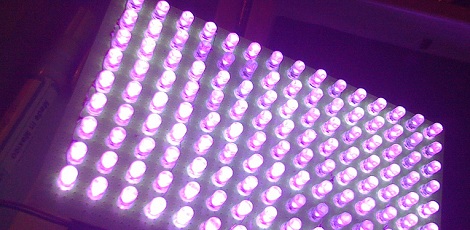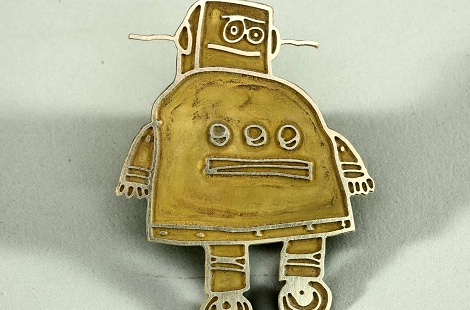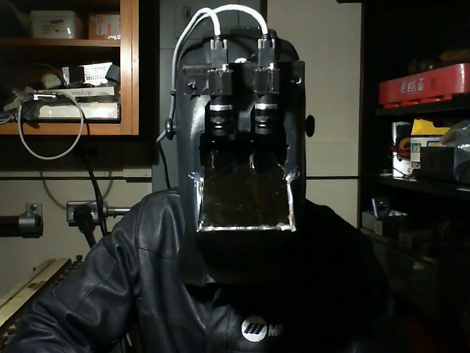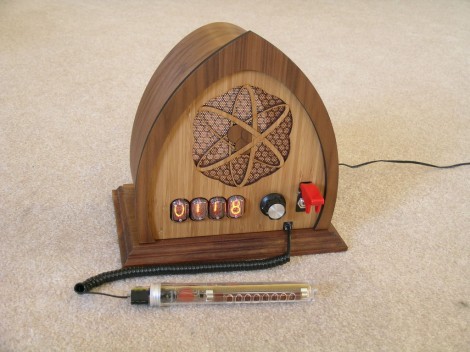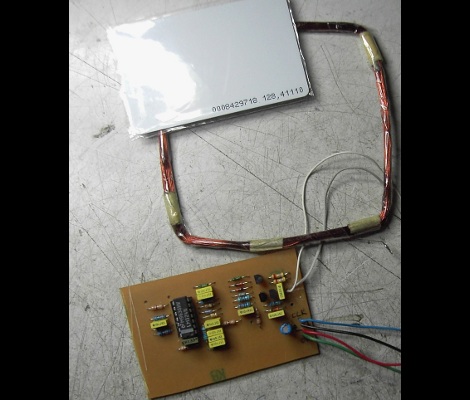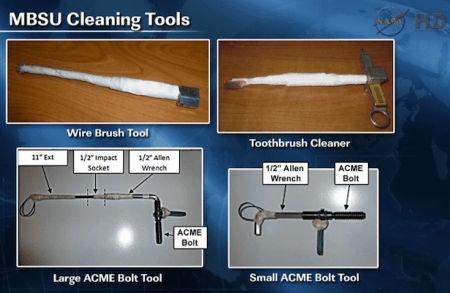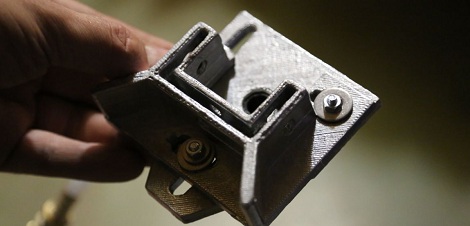
[Jeshua] needed a laser head attachment for a 5×10 foot CNC machine he’s working on. Because he has a 3D printer, [Jeshua] could easily print a laser mount and attach it to his CNC gantry, but that wouldn’t look very professional. Instead of decorating his gigantic machine with brightly colored plastic, he decided for a more industrial look by casting a laser head in aluminum using a 3D printed master.
[Jeshua] designed two parts for his laser cutter in OpenSCAD and printed them out on his 3D printer. A few bits of foam insulation were glued on to act as sprues, and an investment mold was made out of 1 part Plaster of Paris and 1 part playground sand.
After the mold had cured, [Jeshua] put is mold in a coffee can furnace to burn out the wax and foam. These hollow molds were placed in sand and the crucible loaded up with aluminum scrap.
The finished laser head fit his CNC machine perfectly – no small feat, considering [Jeshua] needed to take in to account how much the aluminum would contract after cooling. Not bad for one day’s work.

